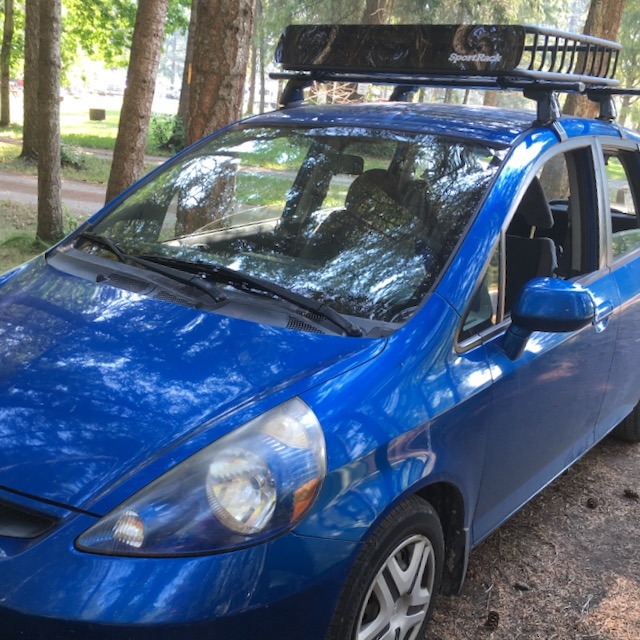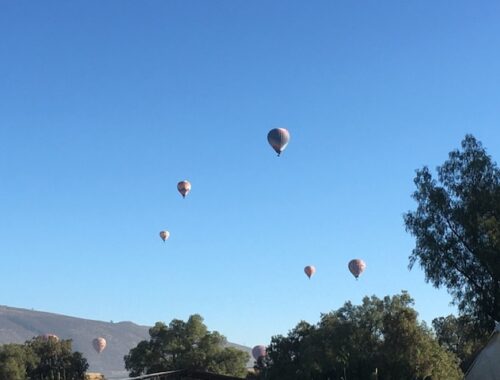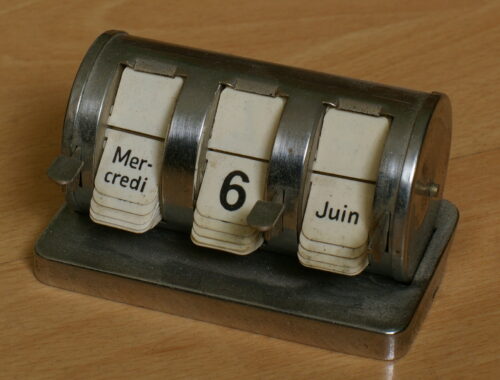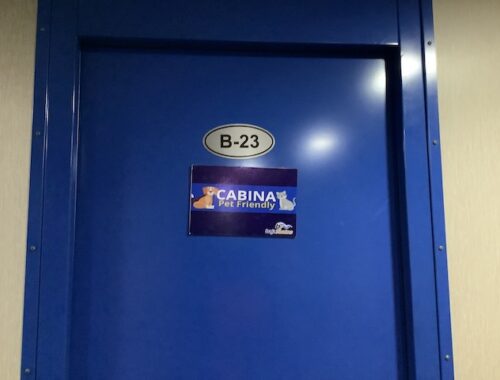
Car Talk
We are taking the minimalists approach to this trip, that’s undeniable. Our little car, a 2007 Honda Fit will be responsible for lugging all our gear for 6 months, across an approximate 20,000 kilometers (we’ll have to wait and see how accurate that guess is). There’s the load, the roughness of some of the roads, the age of the car, dirt and grime, heat, plus a dog – it’s going to be great! It’s also not everyone’s first pick. So let’s talk a little about what we’ve learned so far. Maybe it will help you decide what vehicle is right for you.
As mentioned elsewhere, a lot of people will approach a trip like ours very differently. I’ve read (or watched) numerous accounts of folks with campers, vans, converted trucks, where they intend to spend the majority of their time sleeping and living. In other words, they need the ride to fit. Change up your approach and I think many would be surprised by how little you need.
Before we left, my mom casually asked what does a person pack for six months? I’m not sure of the right answer, so what we ended up packing was our best guess. Early in planning, I really felt the influence of my various sources of research/inspiration. I would need to be extremely organized. Maybe I should build drawers or shelves, what about a lock box for valuables? Now, that none of that happened i can see it hasn’t made much a difference.
The items we have brought can be divided into the following categories or containers:
- Our personal luggage – one duffle/backpack
- Luggage overflow – another duffle of extras that stays in the car
- Camping gear – a milk crate for things such as stove fuel and a hatchet
- Kitchen to-go – a handy tote of all our cutlery, plates, knives, etc
- A dry food box – always overflowing and supplemented by extra bags or things tucked in wherever they fit
- Our cooler – not always in use depending on where we’ve been and where we’re going and do we have ice
- Shoe bin – another plastic crate that floats around the car, not big enough to hold all the shoes it needs but handy all the same
- Dog stuff – a hardy cloth bag for dog dish and food that can also float atop other gear
- Assorted soft items – another extra bag for paper towel and toilet paper that fits nicely between other stuff, in my mind playing a more important role
There are some other loose things in the car as well to mention: two pillows, our Thermolite blanket (may deserve its own review), a sleeping sheet in a bag, the dog pillow, a yoga mat that does a good job of keeping the cooler secure, a 32 liter water jug, a box of spicy Cheetos noodles (like KD but snazzy) that we got on the way down for cheap, maybe a flat of beer.
Then there is the roof. At some point early on, after choosing to stick with our current ride, I had to decide what sort of extra storage we might need. I chose a cage-style rack on the roof where we can put extra gear secured by netting. On it, we have placed the following camping components:
- Our tent
- Our sleeping pad
- Basic Coleman stove (it was broken right out of the box, very crappy)
- Two foldable chairs, one in good condition the other looking like it was mauled by a bear
- Our “toolbox” – this is mostly a road kit that we often have in our car (cones, a new battery jump starter, etc.), supplemented by some screwdrivers and a utility knife. It also looks tempting to thieves so I take it off the roof at every stop
- Two foam pads that fit together and work well as a door mat for our tent
There’s more room on the roof if we need it, but the volume of stuff inside isn’t that bad. I also like that the stuff on top is indifferent to the weather. We haven’t seen rain for awhile (and I don’t expect we will see any for a month longer yet), but it’s nice to know it’s no big deal all the same. And none of it is very valuable if something does go wrong.
Now for the ride itself. It is obvious aging with a small engine and we felt that on the fast highways coming down, especially in the wind. I try to treat it gentle as well, conscious of fuel consumption and the strains of big climbs. In Baja, that hasn’t been a problem. It feels zippy and the small size gives me confidence with the narrow highways.
The major issue that I’m finding (and finding again and again) is the low clearance (made worse I think from a new stock pipe the auto shop installed a few months back). Mexico loves speed bumps – known here as ‘topes’ – and you must take them seriously. Although with some, it doesn’t matter how slowly I approach them our car still bottoms out. Each time we approach one that I deem to be too “steep” I hunch my shoulders and wince, fearing the sound of scraping to come. Mexico can be unkind to vehicles big and small.
Still, on the whole there is plenty to love about our ride from fuel efficiency (nice how our massive road trip coincides with global hikes in the cost of fuel) to ease of parking. Our car has had issues. We had to re-key the driver side door and the ignition so that I now have need three keys to gain full access to the car. There was a whole thing a few years back with spark plugs and engine misfiring. The AC is tuckered out and takes about 10 minutes to ‘warm up’ each time you use it. There are few perks. The total mileage is getting up there. It also works and we both really like it.
When we get back, it will be time to look for something new. For now, our little blue Honda Fit is stepping up to the challenge of moving us through all that we throw at it. Little car with a big heart; you don’t have to have a big rig to do a trip like this. In fact, you might be better off going small.
You May Also Like

Navigating CDMX
January 15, 2023
Six Months/Forever
May 22, 2022

